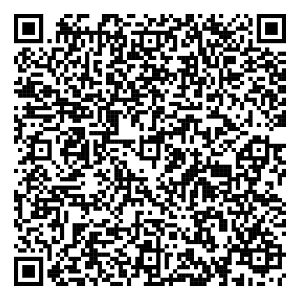What is inward remittance? It means getting money from another country into your local bank account. For instance, if someone living abroad, like a family member or friend, sends you money, that’s foreign inward remittance. This can happen for many reasons, such as family support, personal needs, or business payments. Banks ensure this money transfer is safe and arrives when it is supposed to.
Understanding inward remittance
Inward remittance is the process of getting money into your local Savings Account from abroad. This could be sent by NRIs, foreign business partners or clients. Banks make it easy to receive money securely through various methods, such as wire transfers, Foreign Currency Demand Drafts (FCDDs) With banks providing features like tracking, quick fund credits, multi-currency support and transparency, you can rest assured your money is handled with care.
Features of inward remittance
- Immediate alerts: You get instant notifications upon fund receipt.
- Secure channel: Banks use secure transfers via SWIFT, Rupee Drawing Arrangement (RDA) and Money Transfer Service Scheme (MTSS).
- Competitive Rates: Applicable for all RBI approved purpose codes. Further, there is no upper limit on transaction amount with Axis Bank.
- Minimal documentation: Fast & easy documentation process for your convenience.
Documents required for inward remittance
- Recipient's account number, bank name / address and SWIFT code.
- Purpose code, which indicates the transfer reason (e.g., family support, trade payments).
- Foreign exchange declaration form (declaration may depend on the transaction amount and the purpose code as per RBI rules).
Process of inward remittance
- The sender transfers funds from an international bank or money transfer service, providing all necessary details.
- Foreign currency is converted to INR or kept in a foreign currency account (like a FCNR Deposit).
- On receipt of the money, log in to your net banking. Select the pending remittance, choose the purpose code, and submit your request.
RBI guidelines for foreign inward remittance
- Beneficiaries in India can receive cross-border remittances through banking, postal channels, RDA and MTSS. Foreign banks can partner with local banks to facilitate remittances.
- Each transaction must include a valid purpose code as per FEMA regulations.
- The RDA has no limit for personal remittances; trade-related ones are capped at ₹15 lakh.
- Under the MTSS, remittances are limited to USD 2500 per transaction and 30 transactions per beneficiary per year.
FAQs
What are the common channels for receiving inward remittance?
Common channels include Wire Transfers, banking, postal channels (via the IFS platform of UPU), Rupee Drawing Arrangement (RDA) and Money Transfer Service Scheme (MTSS).
Are there any fees or charges associated with inward remittance?
Yes, charges may vary depending on the channel, amount, and currency.
Who can receive inward remittances?
Individuals and businesses can receive inward remittances, subject to applicable regulations.
Disclaimer: This article is for information purpose only. The views expressed in this article are personal and do not necessarily constitute the views of Axis Bank Ltd. and its employees. Axis Bank Ltd. and/or the author shall not be responsible for any direct / indirect loss or liability incurred by the reader for taking any financial decisions based on the contents and information. Please consult your financial advisor before making any financial decision.







